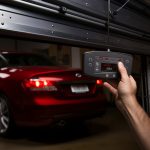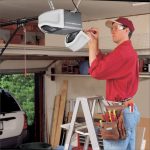Introduction
Remote garage door openers have revolutionized the way we access our garages. They provide convenience, security, and ease of use, making them a popular choice for homeowners. This technology allows users to open and close their garage doors without manually lifting or lowering them. Let’s explore what remote garage door opener is and how its technology has evolved over time.
What is a Remote Garage Door Opener?
A remote garage door opener is a device that lets users control a garage door wirelessly. It typically consists of a transmitter (remote control) and a receiver installed in the garage door motor system. By pressing a button on the remote, the system sends a signal to activate the motor, which opens or closes the door. This eliminates the need for manual strength and provides convenience.
Modern remote garage door openers often include additional features, such as rolling codes for enhanced security, multiple button options for controlling more than one door, and ergonomic designs for easy use. They can also integrate with smart technologies for remote monitoring and operation via smartphones.
Evolution of Garage Door Opener Technology
Garage door opener technology has advanced significantly over the decades. Early systems relied on a basic electric motor that required manual activation. These systems were bulky and lacked security features.
The development of remote-controlled openers introduced convenience by enabling wireless operation using fixed codes. However, security was limited as intruders could intercept signals and gain access. Rolling code technology addressed this issue by ensuring that the transmitted codes change with every use.
In recent years, smart technology has transformed garage door openers. Wi-Fi-enabled models allow homeowners to operate their garage doors from anywhere using apps. Sensors and integrated cameras enhance security, and compatibility with smart home ecosystems adds additional convenience. These advancements have made remote garage door openers more user-friendly and secure than ever.
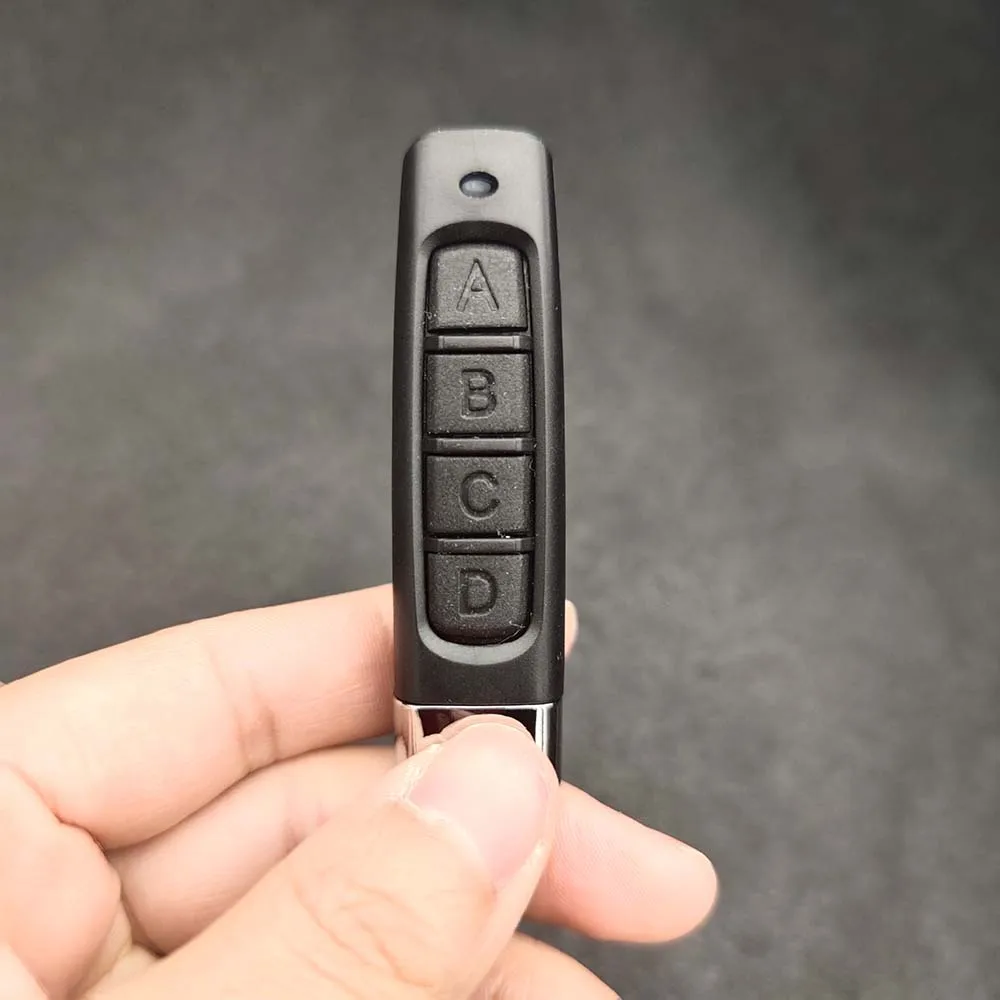 Components of a Remote Garage Opener System
Components of a Remote Garage Opener System
Remote garage door openers consist of several key components that work together seamlessly. Each part plays a unique role in ensuring the device operates effectively. Let’s examine the important components of these systems.
Transmitter and Receiver
The transmitter is the remote that sends signals to the garage door opener system. It uses radio frequencies to communicate. When the user presses a button on the remote, the transmitter sends instructions. The receiver, located in the garage mechanism, processes the signal. It then activates the motor to open or close the door. Advanced transmitters often include rolling codes for added security. These codes prevent unauthorized access by changing after every transmission.
Motor and Drive Mechanism
The motor is the powerhouse of the system. It converts electrical energy into mechanical movement to operate the door. The drive mechanism connects the motor to the garage door. It ensures smooth lifting and lowering. Common drive types include chain, belt, and screw drives. Each type offers unique benefits in terms of durability, noise reduction, and cost. Regular maintenance helps keep the motor and drive in optimal condition.
Sensors and Safety Features
Sensors play a critical role in protecting users and property. They detect obstructions in the garage door’s path. If an obstacle is detected, the system halts or reverses the door’s movement. Most modern systems use infrared or laser sensors for this function. Safety features like auto-reverse and timed closing further enhance convenience and security. Regular checks of sensors ensure reliable operation and reduce risks.
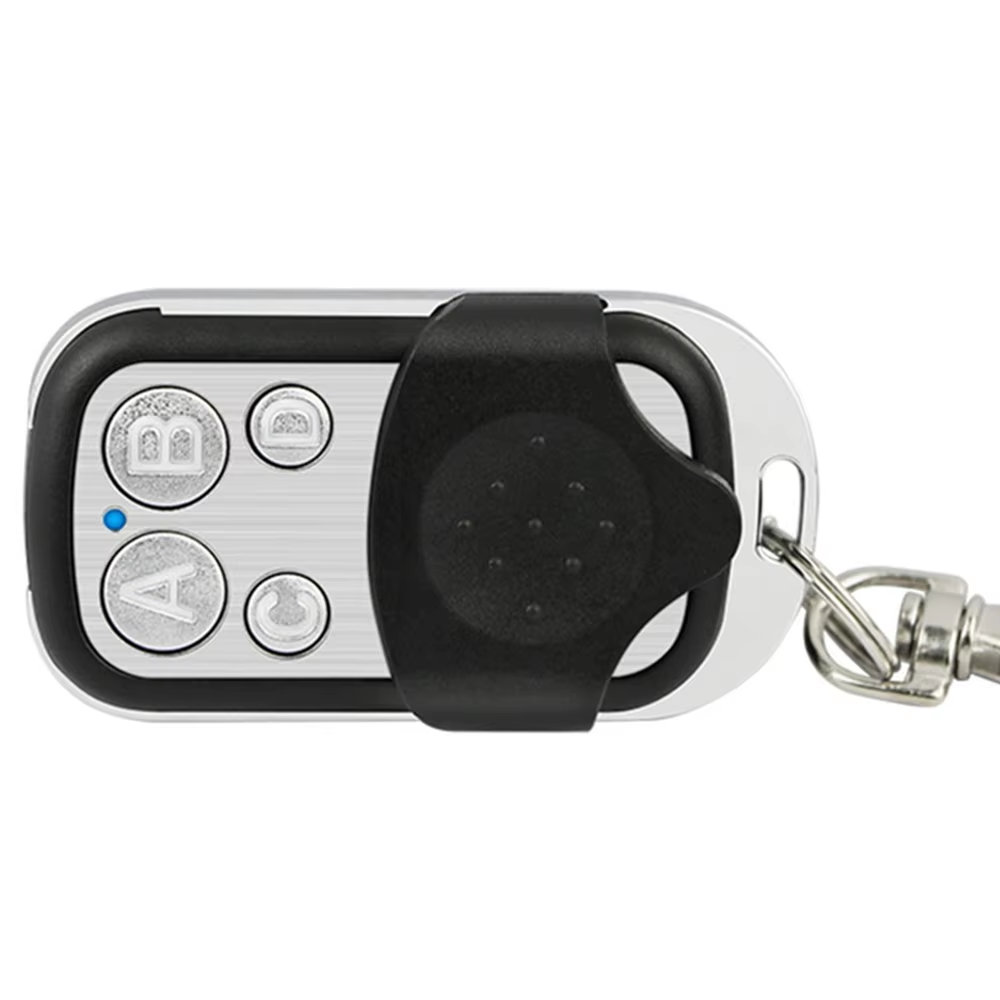 How Remote Garage Openers Function
How Remote Garage Openers Function
Remote garage door openers rely on advanced technology to operate seamlessly. This section explains how these devices work, focusing on the signals and steps involved.
The Role of Radio Frequencies
Radio frequencies connect the remote and the garage door opener. When a button is pressed, the transmitter sends a radio signal. This signal carries instructions to the receiver located in the opener system. The receiver interprets the signal, triggering the motor to perform the requested action.
Modern systems use specific frequency ranges to minimize interference and maximize reliability. Most operate on frequencies such as 315 MHz or 390 MHz. These ranges ensure smooth communication and prevent signals from crossing with other devices.
Understanding Signal Transmission and Reception
Signal transmission begins when the user presses the remote button. The transmitter encodes instructions into the radio signal. This signal is sent wirelessly to the receiver inside the garage system. The receiver decodes the signal and prepares the opener to execute the command.
Today’s systems often use rolling code technology for added security. Rolling codes generate a unique signal each time, preventing unauthorized access. Dual receivers enhance stability by ensuring consistent signal reception, regardless of external interference.
The Step-By-Step Process of Door Operation
- User Input: Pressing the remote button activates the transmitter.
- Signal Emission: The remote sends encoded instructions through radio frequencies.
- Signal Reception: The receiver decodes the signal and processes the command.
- Motor Activation: The system activates the motor to lift or lower the door.
- Safety Check: Sensors monitor for obstructions and halt movement if needed.
- Completion: The door completes its motion, either opening or closing as directed.
Understanding this process makes it easier to troubleshoot and maintain the opener system. Regular maintenance ensures smooth operation and prevents signal issues or mechanical failures.
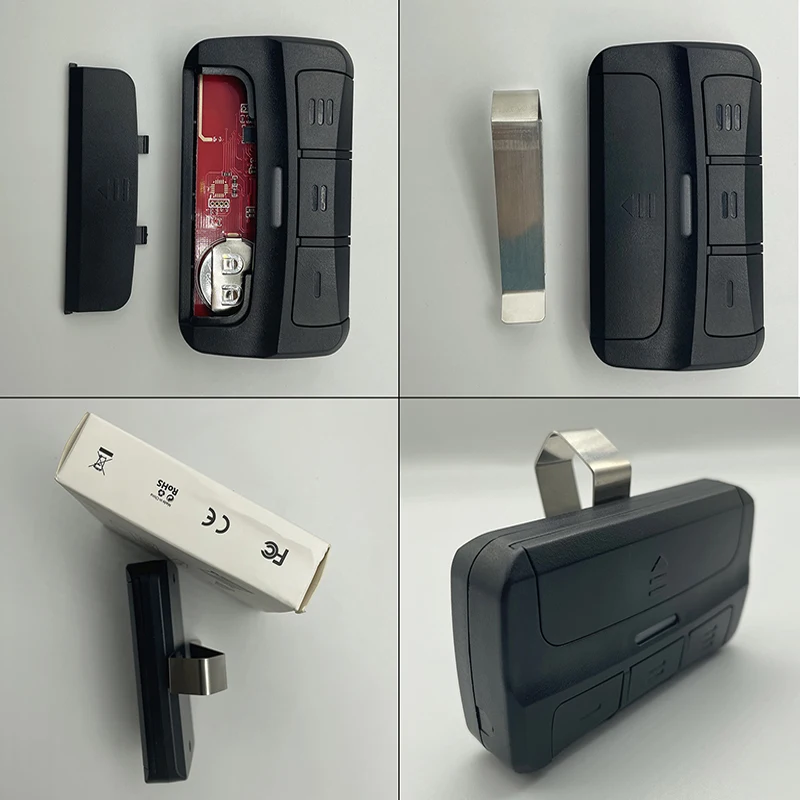 Types of Remote Garage Openers
Types of Remote Garage Openers
Modern garage door openers come in various types. Each type offers unique features and benefits. Choosing the right opener depends on your specific needs. Let’s explore the most common options available.
Single Button vs. Multi-Button Remotes
Single-button remotes are simple and easy to use. They control one garage door only. If you have multiple garage doors, a multi-button remote is more practical. Multi-button remotes allow users to operate several doors conveniently. They save you from carrying multiple remotes.
Single-button remotes are ideal for homes with one garage door. They are compact and less expensive. Multi-button remotes often include advanced features, such as rolling codes for security. Regular use and proper storage ensure their reliability.
Wi-Fi and Smart Garage Door Openers
Wi-Fi-enabled garage door openers offer maximum convenience. You can control them using smartphone apps. These smart systems work from anywhere with internet access. They integrate smoothly with smart home ecosystems.
Wi-Fi models often include features like notifications, remote monitoring, and scheduling. Sensors and cameras add security by providing real-time updates. These openers are great for tech-savvy homeowners. They eliminate the need for physical remotes entirely.
Keyless Options for Enhanced Security
Keyless garage door openers prioritize security and convenience. They use numeric keypads or biometric sensors. Users enter a code or scan their fingerprint to operate the doors. These systems eliminate risks associated with lost or stolen remotes.
Keyless systems are hard to compromise, making them perfect for high-security needs. They often include backup options like physical keys or smartphone integration. Regularly updating access codes keeps them secure. Advanced models even offer voice control or facial recognition features.
Advantages of Using Remote Door Openers
Modern remote garage door openers offer a range of benefits for homeowners. They enhance daily convenience, improve security measures, and integrate seamlessly with smart technologies. Let’s explore the key advantages.
Convenience and Ease of Operation
Remote garage door openers simplify access to your garage. You can open and close the door with just a button press. This reduces physical strain and saves time, especially during harsh weather conditions.
These devices cater to users of all ages. Elderly individuals and children find them easy to operate. Wi-Fi-enabled openers allow you to control doors from anywhere through apps. Scheduled operations and notifications further improve functionality. This technology ensures a hassle-free experience.
Increased Security Features
Security is a top priority in remote garage door openers. Rolling code technology ensures no two transmissions are identical. This prevents intruders from intercepting and using signals.
Modern systems include sensors and cameras for real-time monitoring. Notifications alert you when the door is opened or left ajar. Keyless entry systems add another layer of protection. Features like auto-lock and tamper detection make garages safer.
Integration with Smart Home Systems
Remote garage door openers now work with smart home ecosystems. They connect with devices like Alexa or Google Home for voice commands. You can operate doors using automated routines or schedules.
Smart systems enable remote control via smartphones. Integration allows monitoring of doors and surroundings in real-time. Notifications improve awareness about door status while away. These features enhance convenience and security, making homes more efficient.
Using a remote garage door opener transforms convenience, safety, and technology into an effortless experience for homeowners.
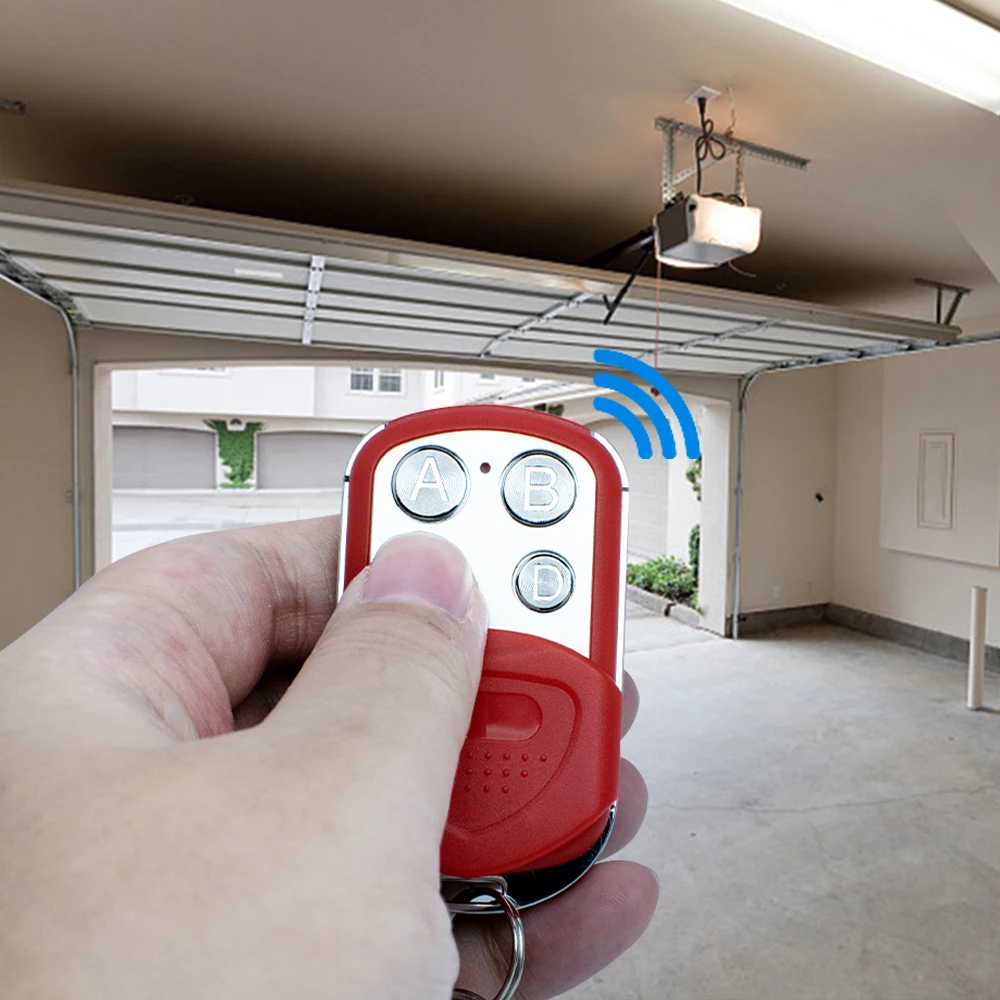 Troubleshooting Common Issues
Troubleshooting Common Issues
Remote garage door openers are reliable, but occasional problems can arise. Knowing common issues and fixes ensures smooth performance. Let’s focus on troubleshooting some common problems.
Weak or Malfunctioning Signals
Signal issues can prevent the garage door from responding to remote commands. Several reasons could cause this:
- Interference: Other devices might interfere with signals. Move away from signal-blocking electronics or structural barriers.
- Battery Problems: Weak remote batteries reduce signal strength. Replace with fresh batteries regularly.
- Receiver Issues: If the receiver fails, it won’t interpret signals. Check for loose wires or dirt buildup.
- Outdated System: Older transmitters and receivers may suffer from wear. Consider upgrading to modern systems.
To fix signal issues, reposition your remote or address environmental interference. If the issue persists, inspect the receiver or upgrade components for better reliability.
Mechanical Failures in Door Operation
Mechanical failures often stem from wear and tear. Here are common causes and their solutions:
- Drive Mechanism Issues: Chain, belt, or screw drives can wear out. Check for rust or damaged parts.
- Motor Problems: Motors can stop functioning due to power shortages or mechanical faults. Inspect cables and connections.
- Obstructions: Objects or debris can block the path. Clear any obstructions to ensure smooth movement.
- Limit Settings: Improper limit adjustments may cause irregular door movement. Recalibrate the limits based on user manuals.
Regular lubrication and timely part replacement can prevent mechanical failures. Call professionals for repairs if needed.
Replacing Batteries or Remote Controls
Dead batteries are a common issue with remote garage door openers. Follow these steps to replace batteries:
- Open the remote’s battery compartment carefully.
- Remove old batteries and dispose of them responsibly.
- Insert new batteries, matching the positive and negative ends.
- Close the compartment securely and test the remote.
If the remote control is faulty or lost, purchase a compatible replacement. Program the new remote to connect it with the opener system.
Regular inspection and quick fixes can prevent major issues. Troubleshooting ensures the remote garage door opener runs smoothly and effectively.
Maintenance Tips for Longevity
Proper care ensures your remote garage door opener lasts longer and works efficiently. These maintenance tips can help avoid breakdowns and costly repairs. Follow these steps to keep the system running smoothly.
Regular Inspection and Cleaning
Doing regular inspections helps you catch small issues before they worsen. Check for signs of wear on the motor, drive mechanism, and tracks.
- Clean the Tracks and Drive Mechanism: Remove dirt and debris weekly. Use a soft cloth and mild cleaner.
- Inspect Hardware: Tighten loose bolts and screws to keep the opener stable.
- Test the Remote and Receiver: Ensure the remote signal is strong and unobstructed. Replace batteries if needed.
Regular cleaning boosts performance and prevents mechanical or electronic failures over time.
Checking the Sensors and Alignment
Sensors are crucial for safety and smooth operation. Misaligned sensors can cause door malfunctions.
- Ensure Proper Alignment: Make sure sensors are directly facing each other.
- Clean Sensor Lenses: Wipe off dust and smudges with a soft cloth.
- Test Safety Features: Place an object under the door. The door should reverse if sensors detect it.
Calibration and testing of sensors ensure safe and reliable door movement.
Updating or Replacing Older Systems
Technology advances quickly, making older systems less efficient and secure. Updating can improve convenience and safety.
- Upgrade to Wi-Fi Models: Gain smartphone control and real-time monitoring.
- Add Rolling Code Technology: Boost security by preventing code theft.
- Replace Worn-Out Parts: Change old components like the motor or drive mechanism to avoid interruptions.
A modern remote garage door opener adds enhanced features and ensures consistent performance.
Regular inspections, sensor alignment, and updates maintain your opener’s efficiency. These tips protect your investment and maximize its lifespan.
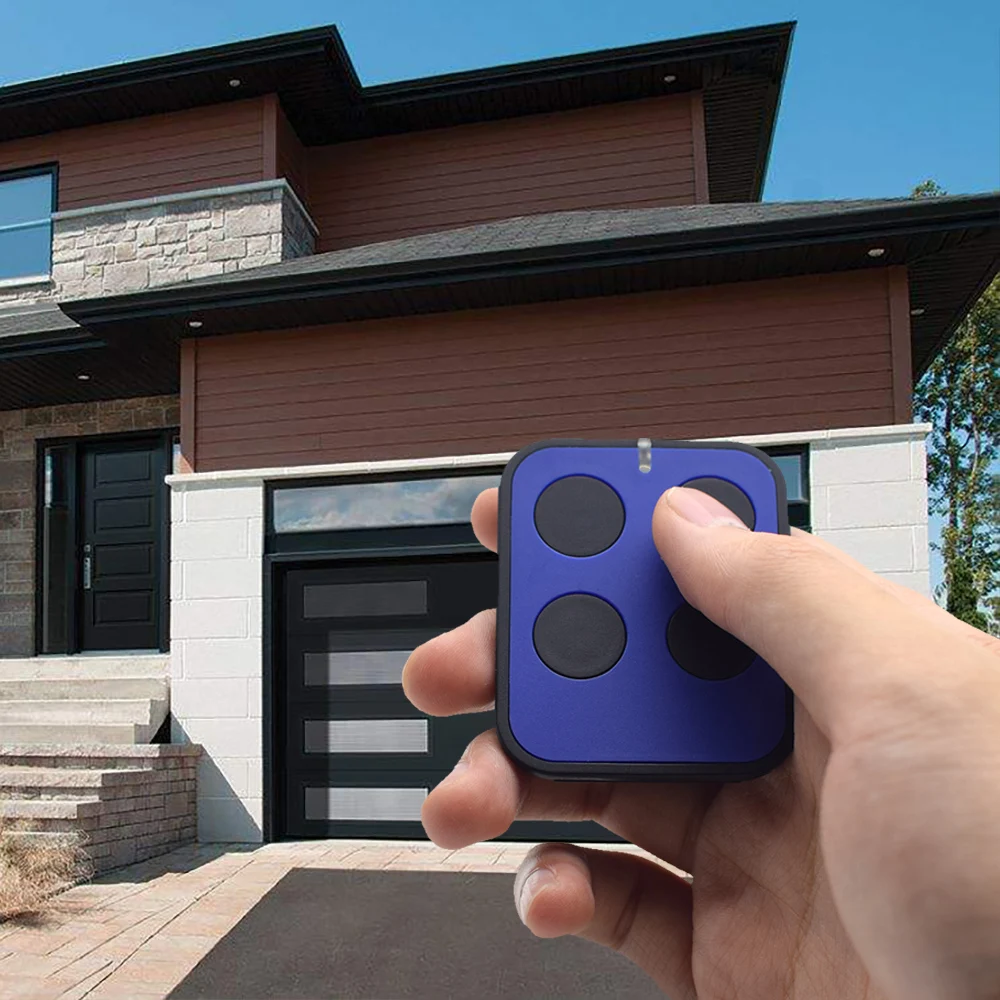 Choosing the Right Garage Door Opener for Your Needs
Choosing the Right Garage Door Opener for Your Needs
Selecting the ideal remote garage door opener ensures convenience, security, and long-term satisfaction. Different factors and advanced systems are crucial for this decision.
Factors to Consider Before Buying
- Door Compatibility: Ensure the opener matches your garage door size and weight for smooth operation.
- Drive Mechanism Type: Choose between chain, belt, or screw drives based on noise and durability.
- Features: Look for rolling codes, smart integrations, and safety sensors for modern benefits.
- Noise Levels: Belt drives are quieter and ideal for attached garages.
- Budget: Balance advanced features and price for the best value within your budget.
- Power Output: Confirm the motor has enough horsepower to operate your garage door efficiently.
Evaluating these considerations leads to a system tailor-fit to your specific requirements.
Recommendations for Smart and Advanced Systems
- Wi-Fi Garage Door Openers: Opt for models with smartphone apps to control your garage remotely.
- Rolling Code Technology: Protect your home with openers featuring secure, ever-changing access codes.
- Integrated Cameras: Get real-time monitoring for enhanced convenience and security.
- Voice Command-enabled Systems: Select devices compatible with Alexa or Google Home for hands-free operation.
- Keyless Entry Options: Boost security by choosing systems with numeric keypads or biometric access.
Smart and advanced systems offer improved safety, ease of use, and integration with home technologies. Evaluating your needs ensures you pick the most suitable option.
